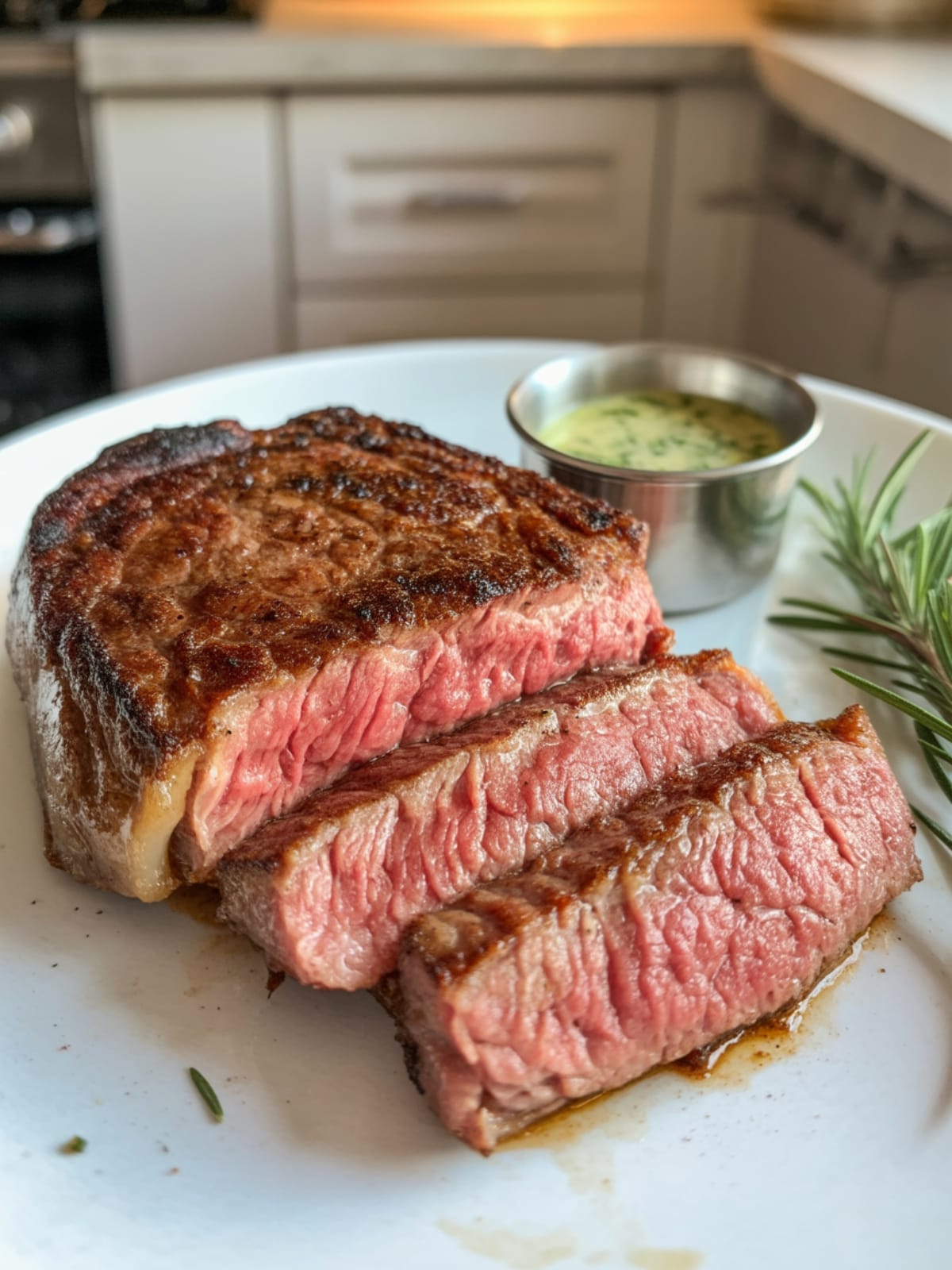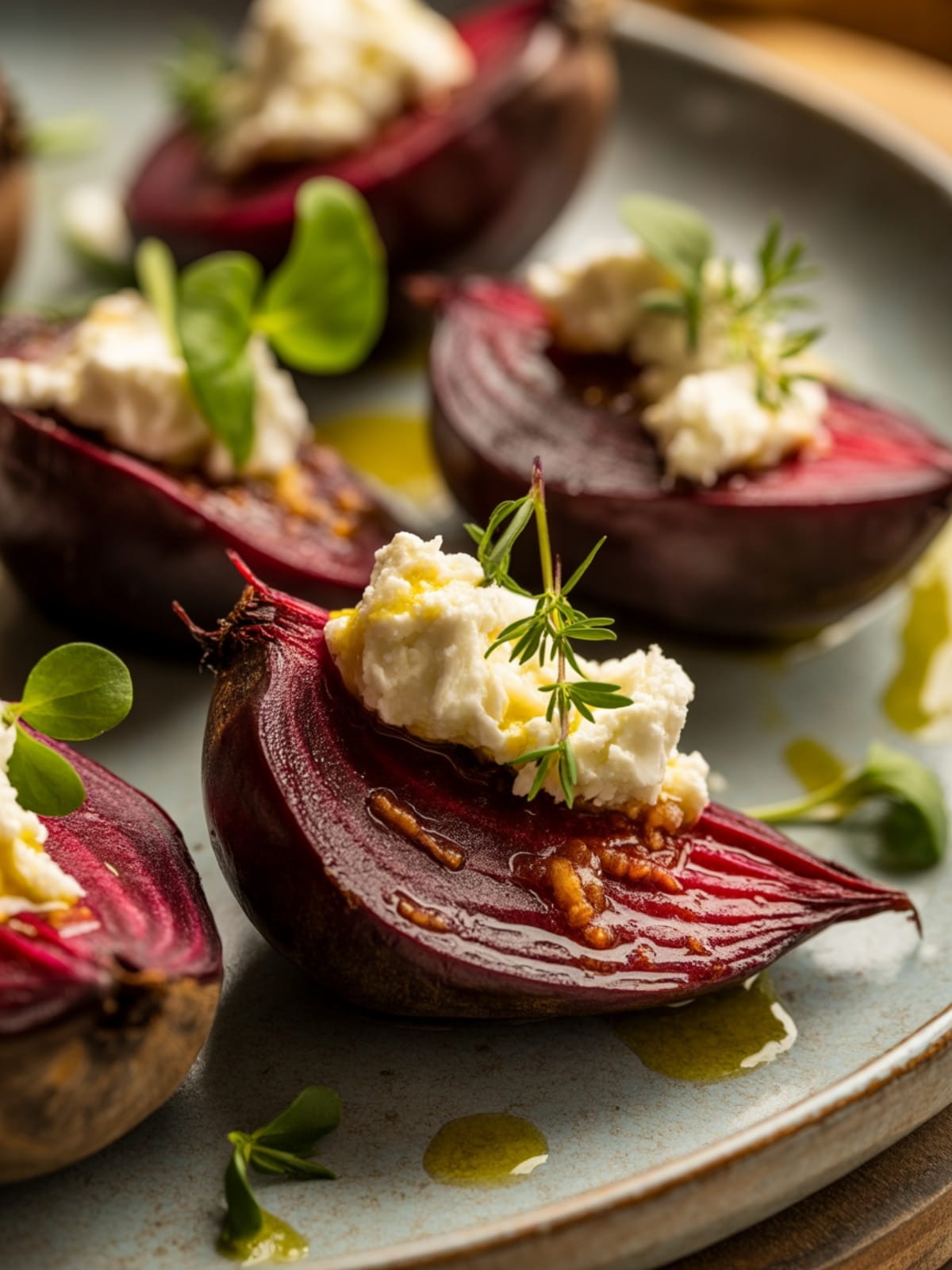Let’s talk about soup that will make you question why you ever settled for the canned stuff. Avgolémono (ah-vgo-LEM-o-no) isn’t just soup – it’s essentially a warm, comforting hug in a bowl that somehow manages to be both hearty and refreshing at the same time. I’m talking about a Greek classic that will make you feel like you’re dining on a sun-drenched Mediterranean island even if you’re actually in your pajamas on the couch.
If you’ve never tried Avgolémono before, imagine the most velvety, lemony chicken soup that doesn’t rely on cream for its richness. Instead, this magical concoction gets its signature silky texture from a simple yet brilliant technique of blending eggs with lemon juice. The result? A soup that’s simultaneously bright and comforting, substantial yet surprisingly light.
Why This Avgolémono Soup Will Make You Feel Like You’ve Been Transported to Greece

First off, let’s address the elephant in the room – yes, it’s a slightly funny name to pronounce, but once you taste it, you’ll be happily telling everyone about your new favorite “av-go-LEM-o-no” soup. This soup has serious street cred in Greek cuisine, where it’s served at everything from everyday family dinners to holiday celebrations.
What makes this soup magical is how it transforms super basic ingredients (seriously, you probably have most of them already) into something that tastes complex and sophisticated. The lemon brightens everything up, making it perfect for both winter blues and summer colds. Plus, the egg technique creates a silky texture that will have people thinking you spent all day on it when really you just pulled a clever culinary trick.

Avgolémono Soup
Equipment
- Large pot or Dutch oven
- Medium bowl
- Whisk
- Ladle
- Measuring cups and spoons
- Sharp knife
- Cutting board
Ingredients
- 8 cups chicken broth homemade if you’re feeling fancy, low-sodium if you’re using store-bought
- 1 pound boneless skinless chicken breasts
- 1 cup long-grain white rice uncooked
- 3 large eggs room temperature
- Juice of 2-3 lemons about 1/3 to 1/2 cup, depending on how lemony you like it
- 2 tablespoons olive oil
- 1 medium onion finely diced
- 2 cloves garlic minced
- 2 carrots diced (optional, but adds nice color and nutrition)
- 2 celery stalks diced (optional, for aromatics)
- 1/4 cup fresh dill chopped (plus more for garnish)
- 2 tablespoons fresh parsley chopped
- 1 teaspoon dried oregano
- Salt and freshly ground black pepper to taste
- Lemon slices for garnish
Instructions
- Start your soup base. In a large pot or Dutch oven, heat olive oil over medium heat. Add the diced onion, carrots, and celery (if using) and sauté for about 5 minutes until softened but not browned. Add the garlic and cook for another 30 seconds until fragrant. Your kitchen should already be smelling amazing!
- Build the broth. Pour in the chicken broth and bring to a gentle boil. Season with salt, pepper, and dried oregano. Reduce heat to maintain a simmer.
- Cook the chicken. Add the whole chicken breasts to the simmering broth. Cook for about 15-20 minutes until the chicken is completely cooked through (internal temperature of 165°F/74°C). Remove the chicken to a plate and once cool enough to handle, shred or dice it into bite-sized pieces.
- Add the rice. While the chicken is cooling, add the uncooked rice to the simmering broth. Cook according to package directions until tender, usually about 15-20 minutes.
- Prepare for the magic moment. In a medium bowl, whisk the eggs until frothy. Slowly add the lemon juice while continuing to whisk. This is your avgolémono mixture, and it's about to transform your soup!
- The crucial technique – tempering. This is where the magic happens! Take about 2 cups of the hot broth (just the liquid, not the rice) and very slowly add it to the egg-lemon mixture, whisking constantly. This step is called "tempering" and prevents the eggs from scrambling. Go slowly – we want silky soup, not egg drop soup!
- Bring it all together. Once your egg-lemon mixture is tempered, slowly pour it back into the pot with the remaining soup, stirring constantly. Keep the heat on low – do not let it boil again or the eggs might curdle. Add the shredded chicken back to the pot.
- Finish with fresh herbs. Stir in the fresh dill and parsley. Taste and adjust seasonings, adding more salt, pepper, or lemon juice as needed.
- Serve with style. Ladle into bowls and garnish with additional fresh dill, a twist of black pepper, and lemon slices. Congratulations – you've just made one of Greece's most beloved soups!
Notes
- Temperature matters: Room temperature eggs are less likely to curdle than cold ones when making the avgolémono sauce.
- For a thicker soup, you can use 1/2 cup orzo pasta instead of rice, or increase the rice to 1.5 cups.
- Make ahead tip: If you plan to have leftovers, consider keeping the avgolémono sauce separate from some of the broth and rice, and combining just before serving. This prevents the eggs from potentially curdling when reheated.
- The soup will naturally thicken as it stands because the rice continues to absorb liquid.
Common Mistakes to Avoid
- Rushing the tempering process. Pouring hot broth too quickly into the egg-lemon mixture will result in scrambled eggs. Take your time with this step – it’s worth it!
- Boiling the soup after adding the egg-lemon mixture. Once the eggs are in, keep the heat low. Boiling will cause the eggs to curdle, giving you a grainy texture instead of that dreamy silkiness.
- Using bottled lemon juice. Fresh lemons are non-negotiable here! The bright, clean flavor of fresh lemon juice is essential to authentic avgolémono.
- Under-seasoning. This soup has simple ingredients, so proper seasoning is key. Don’t be shy with salt and freshly ground pepper – taste as you go!
Variations & Customizations
- Vegetarian Version: Use vegetable broth instead of chicken broth and replace the chicken with 2 cups of cooked chickpeas or white beans.
- Heartier Option: Add 1 cup of chopped spinach or kale in the last few minutes of cooking for extra greens and nutrition.
- Traditional Upgrade: Some Greek families add small meatballs (keftedes) to their avgolémono for a heartier version that can serve as a main course.
FAQs
Can I make Avgolémono Soup ahead of time?
Yes, but with a caveat! The tricky part about making this soup ahead is that the egg-lemon mixture can separate when reheated too vigorously. For best results, make the chicken and rice portion of the soup ahead of time, but prepare the egg-lemon mixture fresh before serving. If you must reheat the complete soup, do so very gently over low heat, stirring constantly and never allowing it to boil. Some Greeks actually prefer day-old avgolémono, claiming the flavors meld beautifully overnight!
Why did my egg-lemon mixture curdle?
Don’t worry, it happens to the best of us! Curdling usually occurs for one of three reasons: the eggs were too cold, the hot broth was added too quickly during tempering, or the soup was boiled after adding the egg-lemon mixture. To fix slightly curdled soup, you can try blending a small portion in a blender and then mixing it back in. To prevent this issue next time, ensure your eggs are at room temperature, add the hot broth very slowly while whisking constantly, and keep the heat very low after combining everything.
Can I use brown rice or other grains?
Absolutely! While traditional avgolémono uses white rice, you can substitute brown rice, quinoa, or orzo pasta. Just adjust the cooking time accordingly, as brown rice will take significantly longer (about 35-40 minutes instead of 15-20). For brown rice, you might want to cook it separately and add it to the soup already cooked, so you don’t overcook the chicken while waiting for the rice. The texture will be slightly different but still delicious, and you’ll get the added nutritional benefits of whole grains.
Final Thoughts
Avgolémono soup is one of those magical recipes that proves simple ingredients can create extraordinary flavors when treated with a bit of culinary know-how. The silky, lemony broth has the power to brighten the dreariest day, soothe a sore throat, or turn an ordinary dinner into something special. It’s no wonder this soup has been a cornerstone of Greek cuisine for generations – some recipes simply stand the test of time because they’re just that good. So the next time you’re looking for something comforting yet refreshing, remember this Greek classic that manages to be both at once. Opa!






